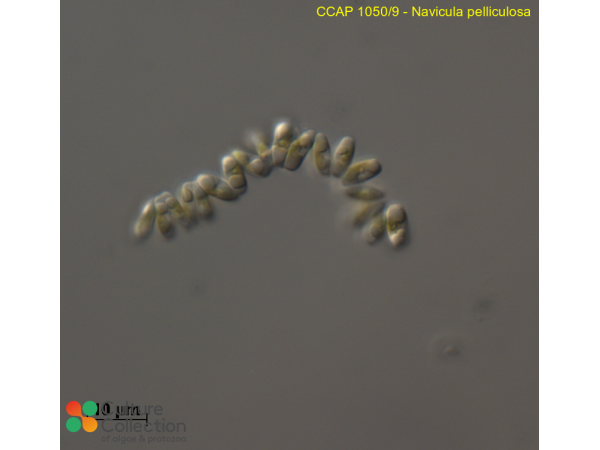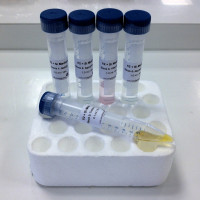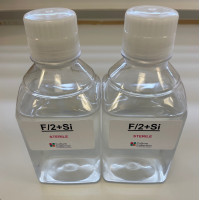Note: for strains where we have DNA barcodes we can be reasonably confident of identity, however for those not yet sequenced we rely on morphology
and the original identification, usually made by the depositor. Although CCAP makes every effort to ensure the correct taxonomic identity of strains, we cannot guarantee
that a strain is correctly identified at the species, genus or class levels. On this basis users are responsible for confirming the identity of the strain(s) they receive
from us on arrival before starting experiments.
For strain taxonomy we generally use AlgaeBase for algae and
Adl et al. (2019) for protists.
| Attributes | |
| Authority | (Kützing) Lange-Bertalot 1997 |
| Isolator | Guillard (1956) |
| Collection Site | oyster pond Martha's Vineyard, Massachusetts, USA |
| Notes | Name changed March 2022 after taxonomic revision, see AlgaeBase. This species is recommended for OECD Test Guideline 201 which calls for a freshwater medium. This strain, grown at CCAP in marine media, will grow in freshwater medium (DM either liquid or agar) but does not like continuous light. |
| Axenicity Status | Bacteria present |
| Area | North America |
| Country | USA |
| Environment | Marine |
| GMO | No |
| Group | Diatom |
| Pathogen | Not pathogenic: Hazard Class 1 |
| Special Uses | used for ecotoxicity testing |
| Strain Maintenance Sheet | SM_MarineDiatoms15_20.pdf |
| Toxin Producer | Not Toxic / No Data |
| Type Culture | No |
| Taxonomy WoRMS ID | 149428 |
| Equivalent Strains | CCMP543 |
| Synonyms | Navicula pelliculosa (Kützing) Hilse 1863 |
| Formerly Listed in CCAP as | Navicula pelliculosa |
CCAP 1050/9
Fistulifera pelliculosa
- Product Code: CCAP 1050/9
- Availability: See Availability/Lead Times
Related Products
CCAP MAF2S-C
f/2+Si Medium
CONCENTRATED STOCKS
Non-sterile concentrated stocks to make up 5 litres of f/2+Si medium. f/2+Si medium is used for cul
CCAP MAF2S-P
f/2+Si Medium
1 LITRE PREMADE
1 litre of sterile, ready to use, f/2+Si medium. f/2+Si medium is used for culturing marine diatoms




